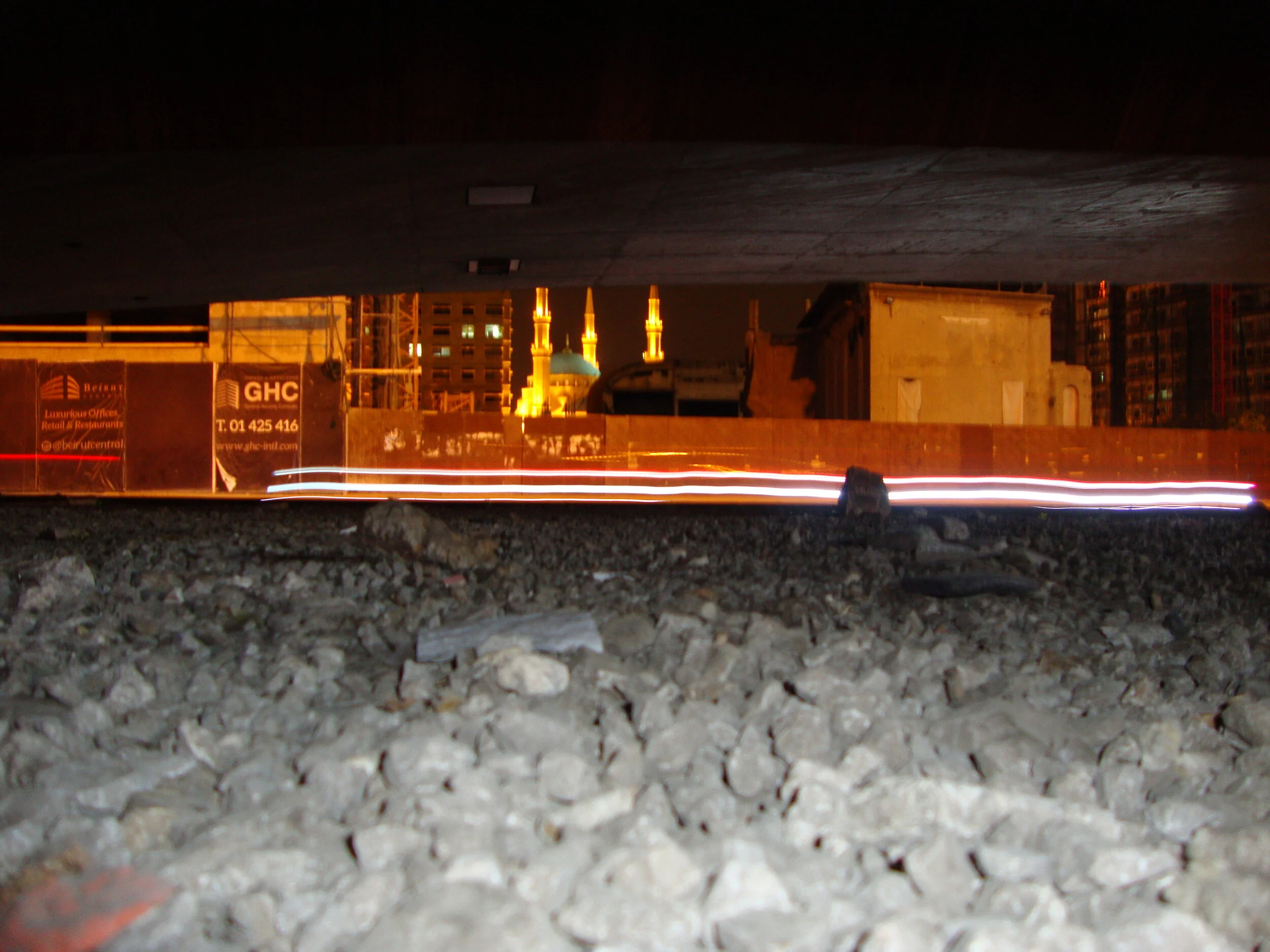SONIC METHODOLOGIES IN URBAN STUDIES
Christabel Stirling
Stirling, C. (2020) 'Sonic Methodologies in Urban Studies'. In M. Bull and M. Cobussen (eds.), The Bloomsbury Research Handbook of Sonic Methodologies (pp 115-139). London: Bloomsbury.
At a time when the boundaries between material and immaterial have become so intensely interwoven, what difficulties are posed to scholars engaging with sound and music in heterogeneous urban settings? How can we get to grips with the methodological requirements of cities that are culturally, politically, and physically different, but that – through ongoing currents of immigration, displacement, digital circulation and exchange – are also intimately connected? And how might we capture the potential fluidity and ‘openness’ of the networked city while continuing to challenge the spatial exclusions and immobilities that erode public life in the physical city? Considering such questions, this chapter explores a range of approaches and methods for engaging with the complexity of the twenty-first-century city. I begin by providing an overview of recent research conducted at the intersection of music, sound, and urban studies, highlighting the innovative and carefully honed methods that cultural geographers, urban sociologists, (ethno)musicologists, historians, sound and media studies scholars engaging in such work have developed. Next, I reflect upon how methods and techniques from across the musical and sonic sub-disciplines might combine to create more critical urban methodologies. Finally, I discuss how I have put some of these methodological strategies into practice in my own urban musical research. In particular, I reflect upon the potentials, but also the challenges, of using a number of ‘live’ (Back and Puwar 2013) audio-visual and participant-based methods alongside more conventional ethnographic techniques and historical modes of analysis. In doing so, it is my hope that the chapter will offer a set of tools to be taken up, experimented with, and adapted across diverse cities and sites in order to better grasp the complex realities of our time.

